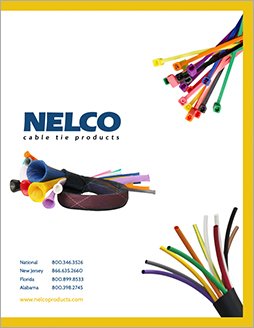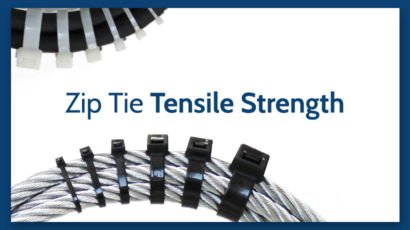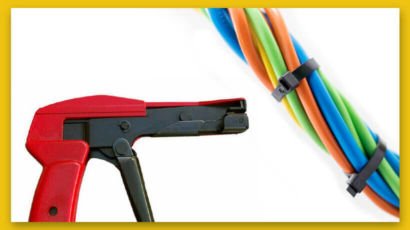Properties of chlorinated polyolefin

Properties of chlorinated polyolefin:
Polyolefins are high weight molecular hydrocarbons, including low density, linear low density and high density polyethylene, polypropylene copolymer, polypropylene and poly methyl pentene. There two basic types of polyolefins are chlorinated and non-chlorinated. These materials are non-toxic, break resistant and non-contaminating. They withstand exposure to pretty much any chemical at room temperature. Their only enemies appear to long exposure to light and strong oxidizing agents that cause embrittlement. Polyolefins are chemically inert.
Polyethylene
These are classified by degrees of branching in the molecular structure, which are controlled by selective catalysts. While it is a strong agent, aggressive solvents will soften and swelling.
Low Density
With extensive branching, they have a less compact molecular structure.
High Density
Has minimal branching, making it less permeable and more rigid.
Linear Low Density
Has the durability of low density with the sturdiness of high density.
Cross Linked High Density
A form of high density polyethylene with individual molecular chains bonded to one another to form a three dimensional polymer of extreme high molecular weight.
Polyketone
A family of aliphatic polymers composed of carbon monoxide, ethylene and minor amounts of other alpha olefins. It processes similar to polyolefins while exhibiting properties of engineering resins.
Polypropylene
Each unit in this chain has a methyl group. Translucent and autoclavable with no known solvent at room temperature, it is more susceptible to strong oxidizing agents.
Polypropylene Copolymer
A linear copolymer with repeated sequences of propylene and ethylene. Offers high temperature performance with low temperature strength and flexibility of polyethylene.
Polymethyl Pentene
Contains an isobutyl as opposed to a methyl group in its chain. Easily softened by some chlorinated solvents and hydrocarbons.
Polystyrene
Nontoxic, it has dimensional stability and solid chemical resistance to aqueous solutions but limited resistance to solvents.
Polyvinyl Chloride
Similar to polyethylene structure but with each unit having a chlorine atom which makes it vulnerable to several solvents but resistant other applications.
Thermoplastic Elastomer
A polyolefin which can mold in autoclavable parts for use in small caps and plugs.
The uses for chlorinated and non-chlorinated polyolefins are dependent on their varied properties. They are primarily used as an adhesive to a surface in a number of applications. Their overall resistance to foul elements like fire and chemical agents makes them ideal for heat shrink tubing products such as Neoprene Tubing.


